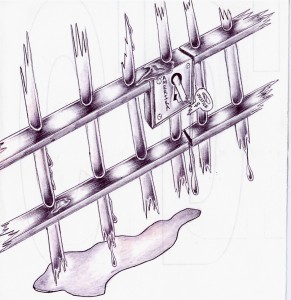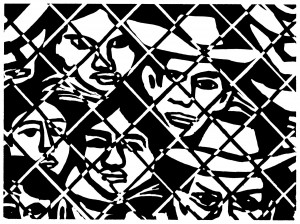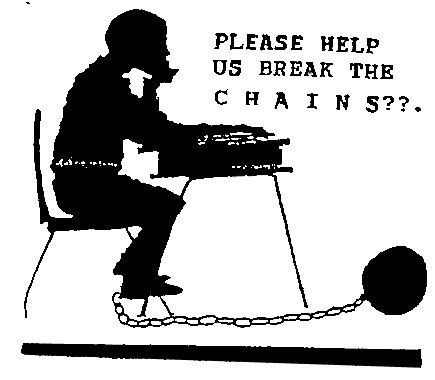When Derrion Albert, age 16, was killed by a group of his peers here in Chicago in late September 2009, I was appalled by the sensational coverage surrounding the incident. I also worried that this young man’s life would not be appropriately commemorated (except by his family and friends, of course). I felt that the lessons surrounding his death about the root causes of violence would also be missed.
I decided to spearhead a project to solicit curriculum units about the root causes of violence from people who work with young people. I contributed a number of my own units that I have developed over the years and we published a guide called “Something is Wrong” that is available for free downloading. Since we released the curriculum guide in February, it has been downloaded over 1,500 times by people as far away as Australia. It is my humble hope that many people across the world are thinking about Derrion’s life and also the root causes of violence that led to his untimely death.
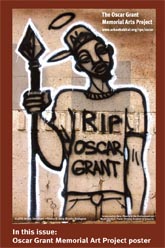
I recently came upon information about the Oscar Grant Memorial Art Project. Oscar Grant was most recently in the news again when the police officer who killed him got an involuntary manslaughter verdict from a jury of his peers. I have already blogged about this issue a couple of times. However today, I want to focus on the innovative way that artists have come together to commemorate the life of Oscar Grant and to speak to the violence of his murder. I want to advocate that more such projects take place across the country channeling our frustration, hurt, and grief into constructive community education, engagement, and accountability projects.
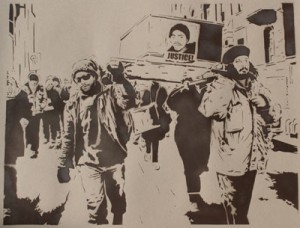
Justice for Oscar Grant by Chris Stain
I personally purchased a copy of this print by Chris Stain of Justseeds Artists' Cooperative. While I also made a donation to a local organizing group that addresses the issue of police violence, purchasing this piece of art gave me another way to participate in the movement to commemorate Oscar Grant’s life and death. It is yet another example of the way that art can influence our affect by eliciting strong emotions that can be directed towards social transformation.
As we in Chicago continue to deal with senseless interpersonal violence and seemingly intractable systemic violence, it seems perhaps to be an opportune time to create our own “Memorial Arts Projects” dedicated to understanding and ultimately transforming violence in our city. We need our own iconic images to help catalyze our social change efforts. Urban Habitat offers a perspective on the role of protest art here.
As you contemplate these ideas, some terrific organizations in the Bay Area have made examples of the “art of Oscar Grant” available to all of us for free.
Poster
A poster about how to react after the verdict.
Update: I was just sent the link to a wonderful zine created by Youthradio called Grant Station: A Killing & the Aftermath (in images). It is a wonderful resource and I highly encourage you to take a look at it.


